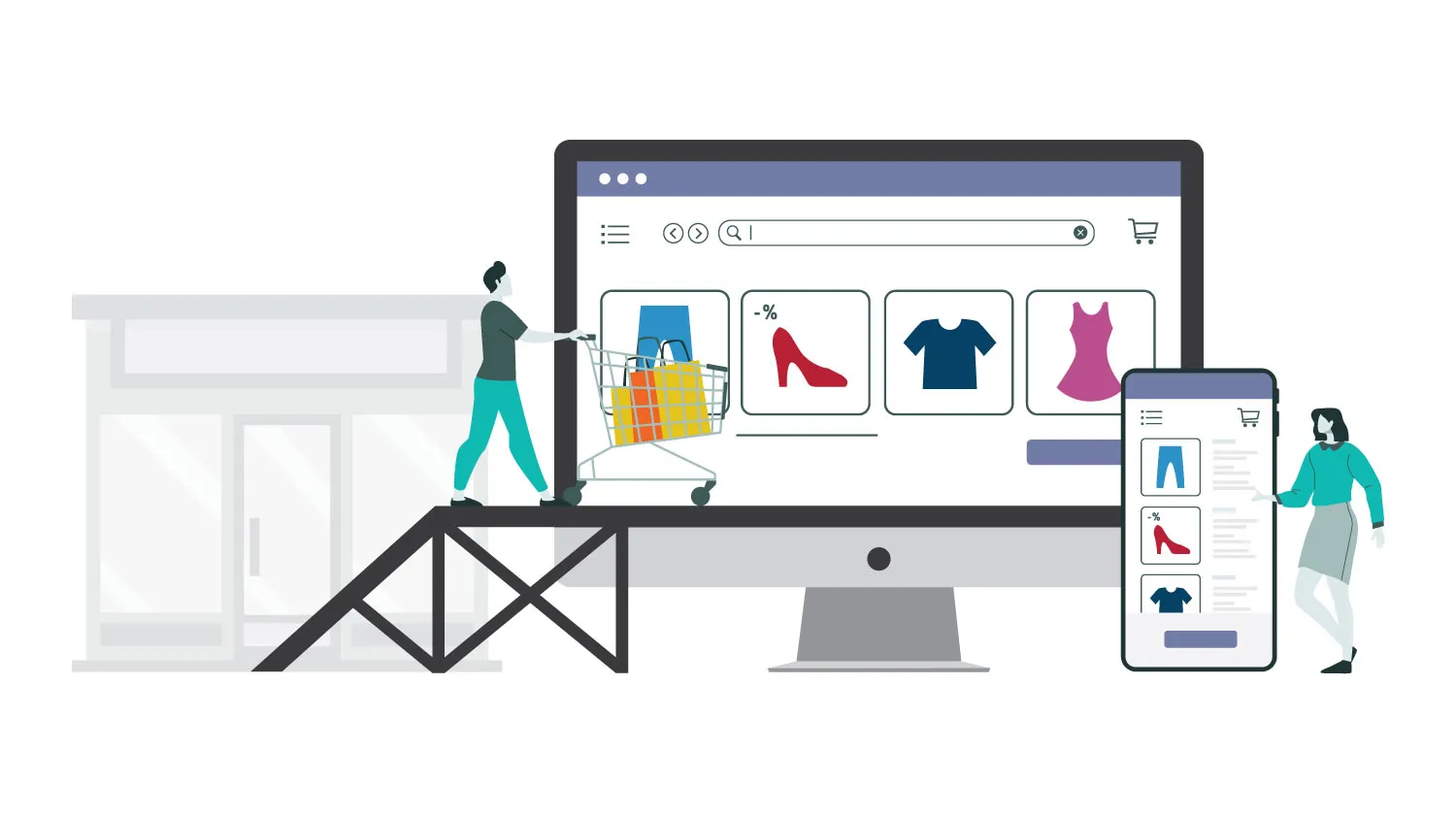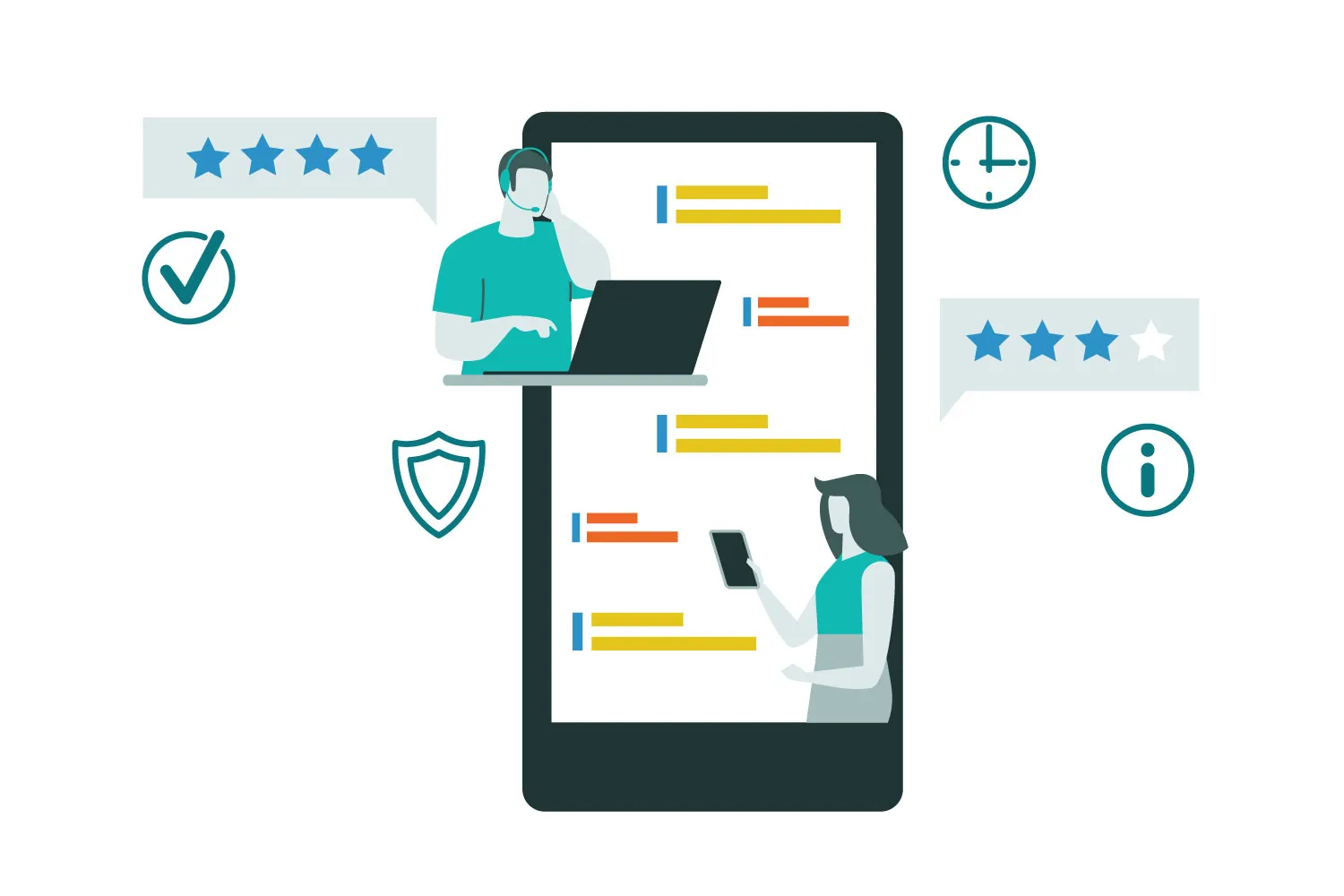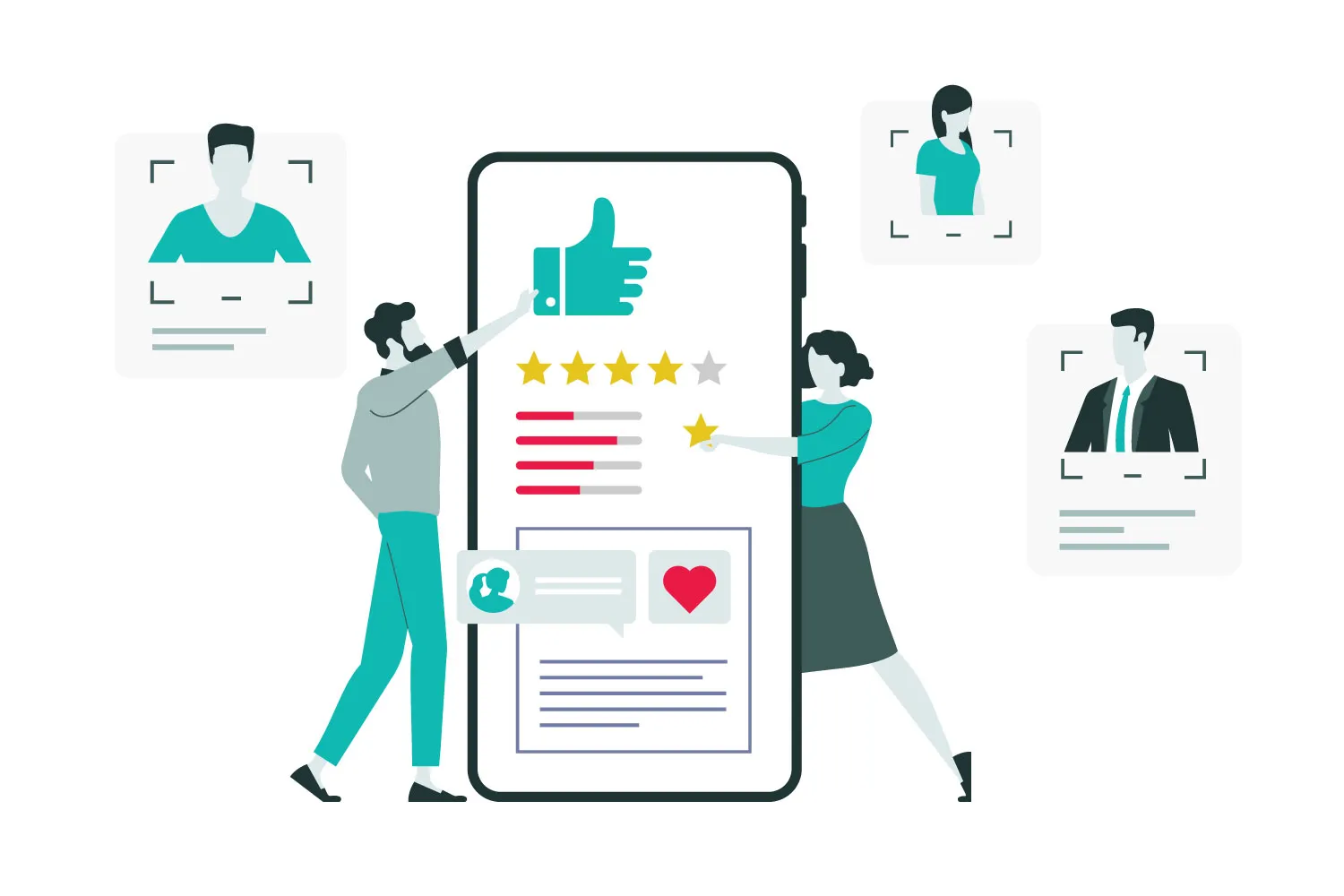March 26, 2020
Retail, COVID-19, and the changing shape of consumer behavior
The outbreak of the novel coronavirus has had an immediate and worldwide impact on retail. Although nobody’s certain how long or severe the outbreak will be, its influence on business operations and consumer buying behavior is likely to be long-term. Here are our predictions for the retail industry after COVID-19 and advice for minimizing disruptions during this time.
With the outbreak affecting nearly everyone in the world—physically, financially, and/or emotionally—it can’t be “business as usual” for anyone, any business, anywhere.
You need to act quickly to adjust to these changes, reduce the scope of the disruption, maintain active engagements with your customers, and make up for the dip in revenue from your closed or empty stores.
Most of all, you need to focus on solidifying your brand’s relationships with your current customers. As we all work together to navigate the uncharted territory that is the COVID-19 outbreak, the most important thing you can do as a business is offer your support, guidance, and sympathy. The way you approach your customer relationships during this period will have lasting and powerful implications for your business in the future.
To help you adapt, this blog discusses why and how consumer buying behavior is changing and what you can do to sustain your business for the future.
COVID-19 has accelerated the shift from brick-and-mortar to ecommerce
Retail experts have been saying it for years: Today’s consumers expect seamless and personalized brand experiences both online and offline.

The outbreak may be preventing consumers from accessing brick-and-mortar sales channels, but consumers haven’t stopped shopping, nor will they anytime soon. Instead, they’ve been forced to take advantage of online sales channels, both for their everyday shopping needs such as toiletries and groceries and for their more indulgent purchases such as clothing and cosmetics.
As Andrew Lipsman, principal analyst at eMarketer, said: “It’s understandable, given the uncertainty around coronavirus, that vulnerable populations are avoiding physical environments that increase the chance of exposure. But their household needs don’t simply go away and may even increase with many looking to stockpile resources.”
Businesses that are underrepresented online will lose that spend to larger, more well-known ecommerce players such as Amazon. If your brand isn’t widely recognized as a digital retailer, then maintaining strong and profitable relationships with your customers will be that much more difficult during this outbreak.
To be clear, this shift from brick-and-mortar to ecommerce was already occurring. Before the outbreak, businesses around the world had already begun to reimagine their sales and marketing strategies to survive this new, omnichannel world of retail. If adapting was important before, then the outbreak has expedited that need to mission-critical.
Additionally, those brick-and-mortar customers lost to ecommerce are unlikely to revert back to their past behavior after the health and safety concerns have died down. If you haven’t fully embraced ecommerce yet, now’s the time to do so.
How can you strengthen your online presence and customer relationships to survive the COVID-19 outbreak?
Because consumers are shopping less in-store as a precaution against the coronavirus, you need to make up for that income in online sales channels. Here are 4 steps you can take to strengthen your digital presence and maintain good customer relationships through this disruption.
1. Use customer analytics to better understand your customers.

Data is the most valuable tool you have at your disposal.
Quality data enables accurate insights, and with accurate insights, you can tailor your brand communications to better serve your customers.
During times of disruption, it’s always helpful to revisit the facts in order to feel more confident in your next actions. Look at your customer data to track and measure changes in consumer behavior; understand which products or categories are being affected; gain deeper insights into who your customers are and what kind of relationship they expect from your brand; figure out how best to communicate with them to keep your brand top of mind.
For example, you might find that the categories your customers are shopping in have changed. If you’re an apparel retailer, comfortable clothing categories might now move in place of formal or athletic categories as more customers are confined to their homes during the outbreak.
Uncertain about the completeness or validity of your current database? Consider sending a survey, poll, or quiz to your customers to learn more about them and fill the gaps in your customer knowledge. Lexer’s Secure Forms feature can help you collect this data and match it to individual customer profiles with ease.
If you’re not sure where to start or you’re uncertain about your business’s ability to perform customer analytics effectively, click here to read, “Where Does Your Business Fall on the Customer Analytics Maturity Curve?” for more information.
2. Start a dialogue with your customers about the outbreak and its effects.

Change is scary. Often, the easiest thing to do is to ignore it altogether—but ignoring it will not make it go away, and ignoring it will do nothing to improve your relationships with your customers.
Talk to your customers about what’s going on. Acknowledge how the outbreak is affecting their lives and offer your support in any way you can.
For example, Everlane sent out this email addressing the outbreak. In it, the brand:
- Emphasizes the importance of unity, community, and humanity during this stressful time.
- Offers customers a hefty discount on one of their most popular product categories to encourage customer engagement during an uncertain economic period.
- Sets the expectation that they will continue to send regular updates and offers to their customers until the situation begins to stabilize.
The email is honest, informative, caring, and relevant and therefore achieves a level of authenticity that is so desperately needed by everyone right now.
Communications like this, which embrace the disruption rather than running from it, will go a long way in preserving customer loyalty.
3. Focus your digital acquisition on high-value customer segments and products.

Avoiding wasteful ad spend and boosting the ROI of your acquisition activities is more important than ever. Acquisition is going to be more difficult than retention and upsells during the outbreak, so any acquisition you can achieve must be highly targeted and driven by efficient processes.
As more people are bored and stuck at home, a boost in screentime is creating more inventory for ads. Consequently, the cost of advertising will likely decrease, but you still need to be careful about where you’re funneling your budget and how you’re engaging your digital community to ensure the highest possible return.
Additionally, consumers will become more cost-conscious and adverse to impulse spending. Consider moving away from conversion-based acquisition and focusing on awareness and engagement campaigns instead. If you grow your database now and encourage engagement from your customers and prospects, you’ll have more fuel to power your acquisition efforts when the disruption dies down.
By using data analytics and advanced segmentation strategies, Lexer has helped its clients successfully suppress irrelevant audiences; tailor advertising campaigns to high-value lookalike audiences; turn one-time buyers into loyal, long-term brand evangelists; and boost the lifetime value of their customers.
For a step-by-step guide to this process, click here to read “4 Steps to Acquiring High-Value Customers.”
4. Build digital communities where your customers can connect with your brand and each other.

Most of us are practicing “social distancing” in an effort to prevent the spread of the virus. This means that your customers’ need for genuine human connection is likely not being met in their day-to-day lives, and brands have an opportunity to facilitate that connection via online channels.
Offer your customers the chance to engage with each other, share user-generated content, and connect on social platforms. These communities will provide a much-needed respite for your customers during their self-quarantine periods, deepen their emotional connection to your brand, and close the feedback loop between your brand and your customers.
Communities like these are also a great place to source zero-party data and gain additional customer insights.
Bolstering customer loyalty during—and after—the pandemic
Nobody knows for certain how long this outbreak will last, but its economic and operational impact on businesses will need time to stabilize even after the pandemic has died down.
Remaining calm, customer-centric, empathetic, and agile is key. Use your data to hone your communications, strengthen connections with your current customers, and improve your brand’s presence online. For other retail-specific resources on minimizing disruptions caused by the novel coronavirus, click here to access a round-up of our most helpful content.
We’re all in the same boat right now, but we’re going to get through it.
We want to support you in any way we can. If you have specific questions or you’re curious about what advice we can give you, use the meeting link below to book a chat with one of our retail experts. We’ll be in touch shortly.
Speak with our retail experts

